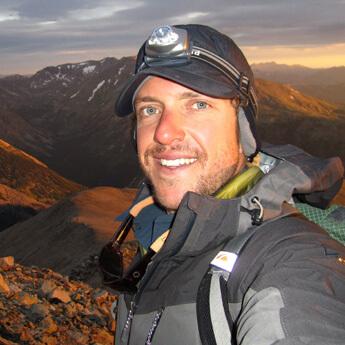101 Tips to Hike (Like a Pro) With Your Kids
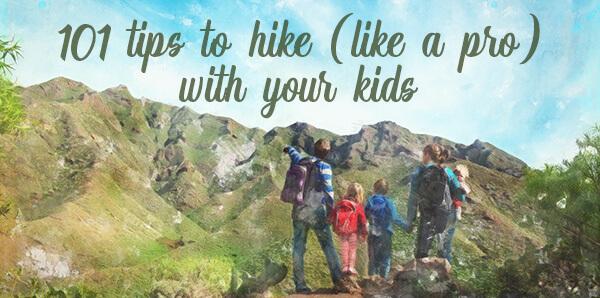
You used to love getting out onto the trail, letting the sun warm your skin, and exploring nature. Then you had kids… Now you’re unsure how to still have fun in the sun with Jr. in tow. Don’t be afraid, we’ve put together a comprehensive guide to hiking with your tot designed to help you feel confident on your next kid-friendly adventure.
This is not your typical “how-to” guide for hiking. There’s no briefing on the 10 needed hiking essentials (although you should probably carry these at all times), and you won’t receive technical advice on which gear sheds water better or boils ramen faster. You’ll have to figure out how to pack your pack and set up camp on your own.
This article is about one thing, taking that lovely little kiddo of yours out into nature and on a hike. Don’t worry we’ll throw in few suggestions about things you don’t normally find in an adult’s pack too. Hint number one, wet wipes will be your new best friend, and if you can find a magnifying glass to carry along, you’ll be the coolest trail parent out there.
Even if you don’t have aspirations to turn your newest family member into a future Teddy Roosevelt, getting your kids into the outdoors and hitting the trail at a young age can be a great way to bond, explore the world, and ignite a lifelong passion for something you can share.
We'll start with general tips which span the various age groups, some may even go into your “bag-o-tricks” for your next sans-kiddo hike. Later we’ll break out specific tips for each age group. Don’t worry, hiking with Jr. can and will be enjoyable, we promise!
Need tips for your specific kiddo? Skip ahead:
- Adventure parents with infants: Ages 0-2
- Toddlers and their new independence: Ages 3-6
- Grade schoolers and tweens: Ages 7-12
- The teenage years: Ages 13-18
Hiking tips for any kid-friendly excursion
There are some general tips that every parent can benefit from, even if you’ve heard these before, a refresher can’t hurt.
Gear
#1: Know the weather. Being cold, hot, or wet saps energy, is uncomfortable, and can become a danger if prolonged. Be sure to keep everyone, especially kiddos, warm (or cool) and dry.
#2: Be prepared. Thousands of hikers find themselves in trouble every year. Between 2004 and 2014, 46,609 people required search and rescue aid just in US national parks alone. Over 28% of those calls were because of being ill-informed or prepared.

#3: This tip is not newsworthy, but worth noting. Kids are not as resilient as adults, and their willpower, although it may seem superhuman at times, is not designed to cope with a backcountry sufferfest so plan accordingly when choosing which hike to tackle.
#4: As the saying goes, “there’s no such thing as bad weather, just bad gear” so do yourself a favour and take the proper gear for the conditions you are walking into. This is especially important with little humans in tow.
Preparation
#5: Set realistic expectations, especially with youngsters. Know your limits and theirs’. Expecting everyone to have a great time throughout the whole hike may be an ambitious goal. There may be meltdowns and fits, but with the right tools and attitude, you will succeed.
#6: As your children get older, have your kids help with as much of the planning process as possible. The more involved they are in picking snacks or the trail to be explored, the more likely they’ll genuinely be excited.
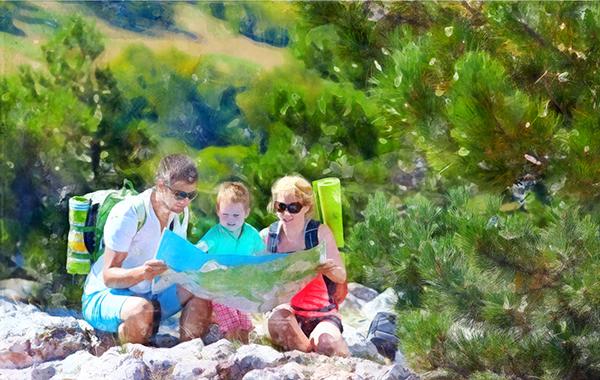
#7: Do your research and know where you are going. Know specifics like how long you’ll be out, what the terrain is like, and double check the weather before you leave.
#8: Aim for a.m. hikes. Kids have more energy in the mornings, plus during warmer months mornings are cooler, and you’re more likely to beat afternoon thunderstorms and crowds. More energy also means a higher probability of less whining.
Accessories
#9: Carrying a handy pack of wet wipes will be a lifesaver on hikes with kids. They’ll get dirty, they’ll fuss about it, and you’ll worry or stress. Having the tools to clean hands, knees, and faces at easy access will not be something you’ll regret.
Snacks
#10: Nutrition is crucial, snacks are pure fuel for kiddos. They need the extra nourishment because they burn energy quickly. Plus snacks can mean breaks and breaks are a great motivational tool that you can use to keep spirits high.
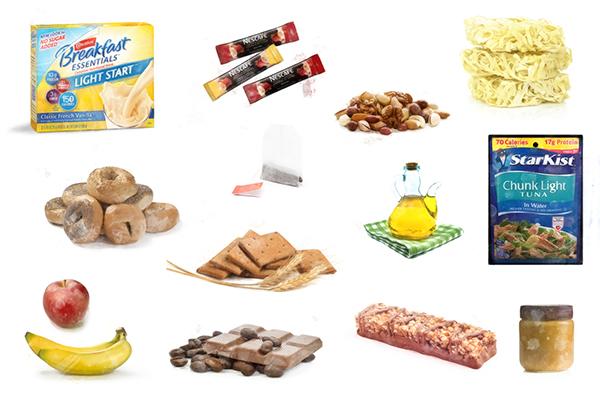
#11: You may not require much H2O, but kiddos need to hydrate. Carry enough water for everyone and keep an extra bottle or two in the car in case you’re parched come the end of the hike.
#12: Bring magic medicine! These can be Tic Tacs, mints, chocolates, or candies, anything you can easily access throughout the hike. When “aches” or “pains” start to show themselves in the form of complaints, dole out these magic morsels. Those young impressionable minds will literally eat this up!
Consider
#13: Start with a trail that’s close to home. Minimise the time it takes to get there and back. Kiddos only have so much attention span, use it on your hike rather than on the drive there.
#14: Bad weather or a meltdown cutting your hike short doesn’t mean your adventure with Jr. has to end. Grab a bite to eat or pivot to another activity, it’s all about spending time together.
#15: Stay positive. Your attitude and outlook will be felt by, and mimicked by, your mini hikers. Keep your stress low, and brush off things like fear, being tired, or even a scraped knee. If you laugh it off, so will your half-pint.
#16: Don’t overpack. Bring the essentials and items that keep you warm and safe. There will come a time when you will be carrying your kiddo or at least everything they’ve brought. Be sure you have the capability to carry more should the need arise.

Adventure parents with infants: Ages 0-2
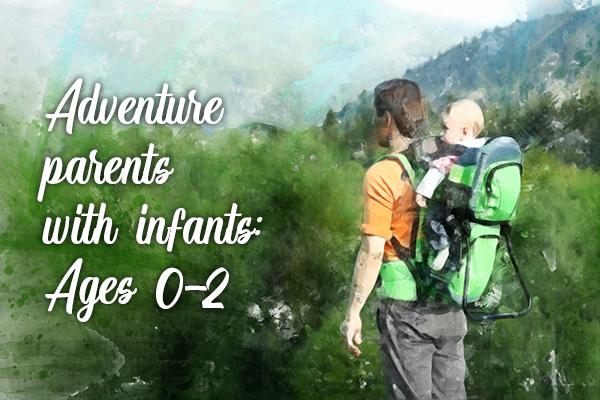
Congrats on the new addition to the family! This age group is actually really easy to take with you on your next adventure, you just have to know what to expect. With these tips, you’ll be bobbing along your hometown trail in no time!
Gear
#17: Hiking with kids under 2 years old is really carrying kids while you hike. You’re going to want to invest in the right baby carrier. There are a tonne of these so be sure to do your research and pick the one that fits your needs best.
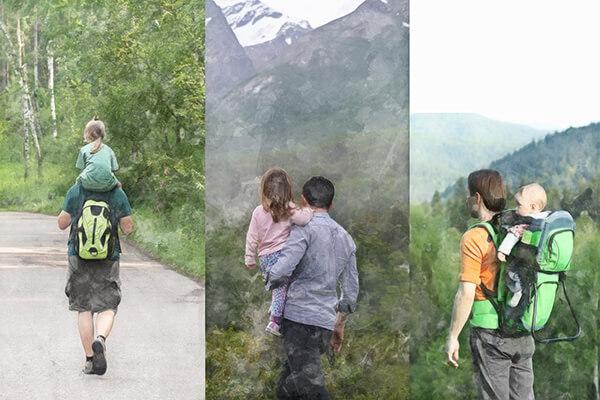
#18: Until your kiddo has full head and neck control, it’s smart to keep them swaddled in front of you, but after about the 6-month mark, most can graduate to a back-mounted carrier.
#19: Pay attention to the harness system as you buy a carrier. This means, find one that fits you correctly and has comfortable shoulder and waist straps. Outdoor stores tend to be better at fitting these than baby stores since they are so similar to backpacks.
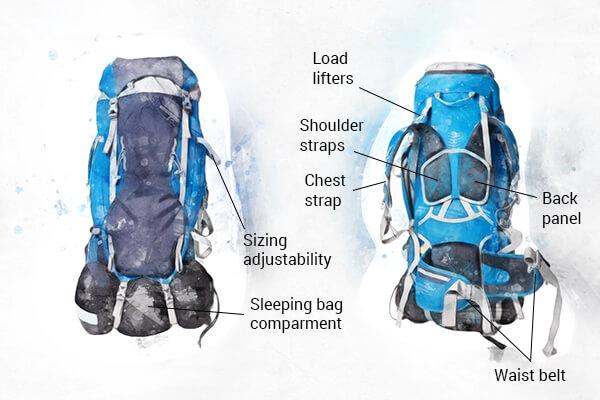
#20: Ensure your carrier has a sunshade and rain cover to keep your little tyke protected from the elements.
#21: Other features to look for in a baby carrier might include an integrated hydration bladder to easily carry water and additional gear storage for essentials or snacks.
#22: Children stowed in a kid carrier can overheat and dehydrate easily as they absorb your body heat while you’re hard at work. Both hot and cold temps require special preparation.
#23: A wide-brimmed hat works wonders at keeping your kiddo comfortable. Be sure to find one with a comfy elastic chin strap to ensure it’s not thrown to the trailside within the first few steps.
#24: Get some sturdy boots, shoes or hiking sandals. Being sure-footed with a baby on board is crucial. Find the right hiking footwear that has good support and anti-slip lugged soles to ensure solid traction on any terrain.
Preparation
#25: Practice. Practice. Practice! Your new child carrier can be cumbersome so practice getting Jr. in and out while at home. Putting your carrier on and taking it off with a child in tote can be difficult. A solo adventure may not be in the cards if you need a partner’s help donning your new baby pack.
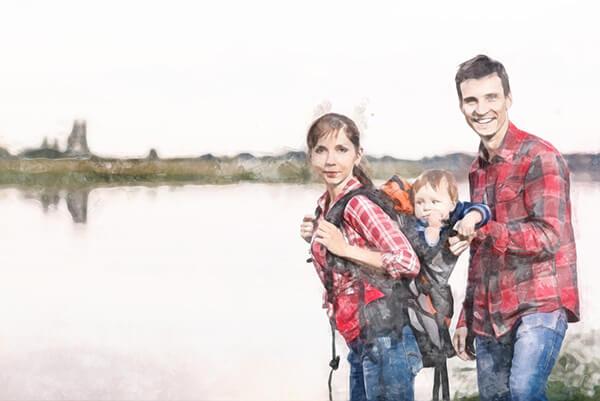
#26: Get Jr. used to sitting in your baby carrier before heading into the woods. Trust us, your sanity will be tested if the first time your small human sits in the pack is minutes before your first actual hike.
#27: Hit the gym! If you thought hiking before kids was tiring, wait until you have an extra 20-40 lbs squirming around on your back. We know babies don’t weigh 40 lbs, but you’ll be carrying more than just Jr., like accessories you didn’t even know existed before you had children. Think you’re ready? Tackle a practice hike with a loaded pack just to make sure.
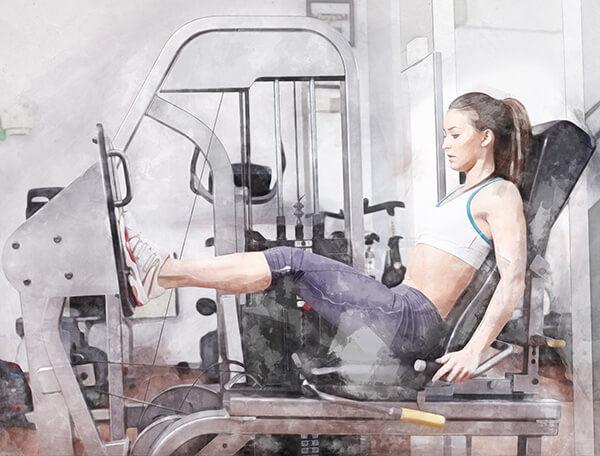
Accessories
#28: Obviously, pack extra diapers, but don’t forget heavy-duty ziplock bags to store used Huggies in. Nobody wants clean-up duty after this rookie mistake.
Snacks
#29: Avoid handing snacks to your little tyke while they are stowed safely in your carrier. Most snacks consumed from the overhead bin tend to end up on your back or along the trail. Take proper breaks when Jr. needs to be fed. Taking the pack off and resting your feet and back will do wonders for your energy levels.
#30: Powdered formula is lighter to carry and doesn’t have a time-sensitive nature to it. Pack a pre-measured amount in a ziplock bag along with a water-filled bottle. If you’ve got a hungry kiddo you’re prepared, if not you can save it for another time. Do not premix at home, baby formula usually needs to be consumed or refrigerated within an hour of mixing.
Consider
#31: Messing with nap time can wreak havoc on a tot’s routine and on a parent’s day. Plan your hike to coincide with nap time. Jr. will likely fall asleep while you hike, which means you get a hike in, they get a nap. Wham bam, two birds, one stone!
#32: Pacifiers can be lifesavers, but be sure to lash them onto your pack with a pacifier clip or you’ll be going through them like Kobayashi and a plate of Nathan's Hot Dogs. If homemade, be sure the binky’s leash is short and thick so Jr. can’t accidentally wrap it around any body parts.
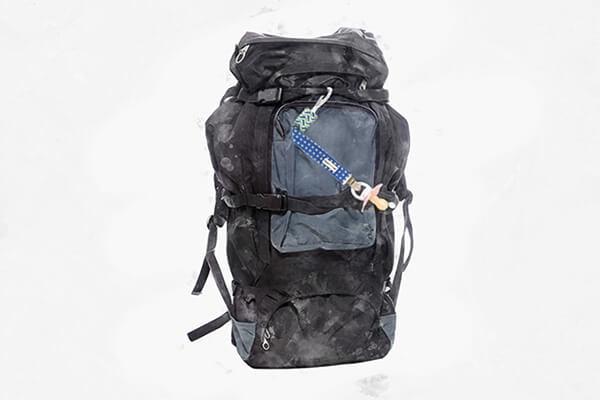
#33: This is the calm before the storm, you can hike fairly swiftly since you’re carrying the most precious cargo. Jr. may fuss a bit, but most likely he’ll happily enjoy the ride. Get out there, hit the trail, and have fun!
Toddlers and their new independence: Ages 3-6
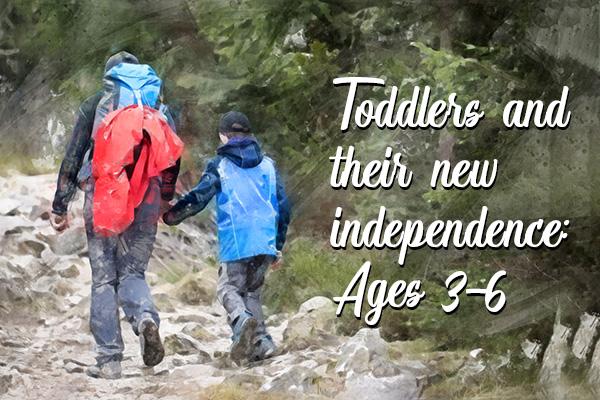
Your small, wonderful, sleepy kiddos have sprouted legs, strength and the energy to take on the world. This is the stage where your patience will be tested, but you’ll also be reminded how amazing the world can be when viewed through a child’s eyes. Literally, moss on a rock will become a subject worth an hour’s exploration. Relish this time, and build that bond!
Gear
#34: Continue to wear your trusty child carrier. Although your tot can walk, they may not be ready to fully commit to a hike on their own 2 feet. A time will come when they’ll lay down and create a superhuman magnetic bond with the earth. At this point think twice about continuing onwards and opt for closing the distance between you and the car instead. Believe it or not, most kid carriers are rated up to 50lbs, so even a 5-year-old could potentially fit.
#35: Hiking footwear starts to be crucial at this age. Your toddlers will be running around and exploring, finding dirt, mud, puddles, and rocks. Proper fitting shoes are essential, a little too tight can lead to sore toes, a little too loose can cause blisters.
#36: Extra socks are mandatory. Puddles suck kids in like the USS Enterprise’s tractor beams, ya that was a Star Trek reference!
#37: Stow a second pair of clothes in your pack. Little ones are drawn to mud and water, but the second they “fall” in the meltdown that ensues is real, even though the puddle was truly the target. It doesn't hurt to keep a third change of clothes in the car in case Jr. soils two pairs.
#38: Ease your anxiety when it comes to the cleanliness of nature. Letting your kids get dirty is actually good for them. There’s a tonne of studies on the benefits of letting your children play in the mud.
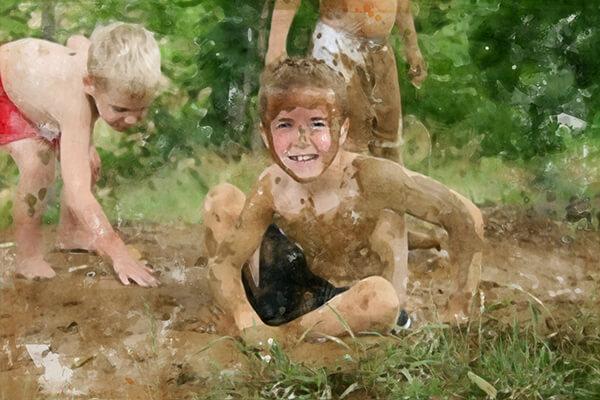
#39: Kids love having their own gear to carry. Find a comfy, well-fitting backpack and fill it up with snacks, extra clothes and brightly coloured accessories like a bandana, water bottle, survival bracelet, or sun hat. Building a little responsibility into your trial adventure is a nice perk and the pride of carrying their own items will be clear.
Preparation
#40: Unless you get stuck carrying your child, at this stage you’ll actually be carrying less than when your kiddo was teensy, but that doesn’t mean your hike will be effortless, quite the opposite actually.
#41: Be ready for a change of pace. You used to knock out a 5-10 mile hike with Jr. in the kid carrier, but toddler hikes may top out at a mile or two and take twice as long. Going slow can be harder than carrying weight so plan accordingly with extra snacks and water.
#42: Remember the goals of your hike before you head out. If you think a scenic overlook will be the motivation to keep this age group going, think again. Plan your hike around fascinating features like rocks, lakes, streams, bugs, and wildlife.
#43: Save the elevation-gaining leg busters for another day. Little tykes don’t find steep hills all that exciting.
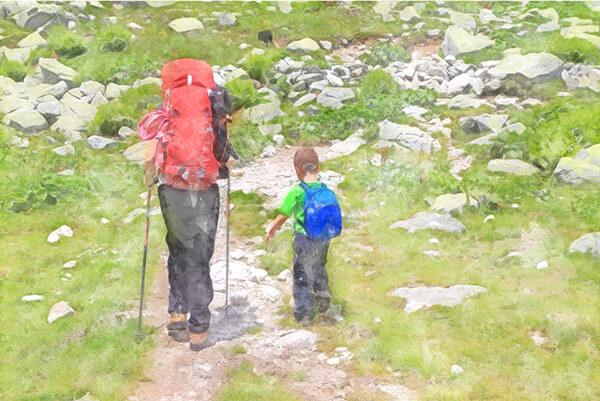
Accessories
#44: Don’t forget the first aid kit. Rocks, sticks and uneven terrain can easily lead to small scrapes or cuts. Don’t panic, this is part of becoming an independent kiddo. Trying to prevent any and all mishaps is nearly impossible, instead focus on the learning experience of each accident by teaching Jr. what to avoid next time.
Snacks
#45: Fruit snacks, goldfish, crackers, and PB&Js. Really, anything that’s easy to pack and motivates your child is a good choice. Planning simple breaks around snacks helps to keep energy levels steady.
#46: Kids this age are all about exploring and can easily get distracted from the hike. The promise a snack break around the next bend can help motivate Jr. to stay the course.
Consider
#47: Keep your hikes short and centre them around an easy goal. Leave plenty of time to go at a snail’s pace, since you literally may be following one at some point along your hike.
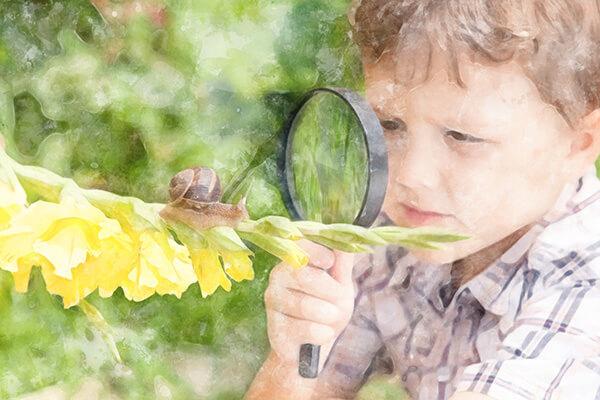
#48: The destination is not as exciting as the journey. Build in time for detours like poking around the backside of trees and rocks.
#49: Games, stories, and scavenger hunts (printable version) make time drift by. Leave the business of life and work behind and give your undivided attention to your tot.
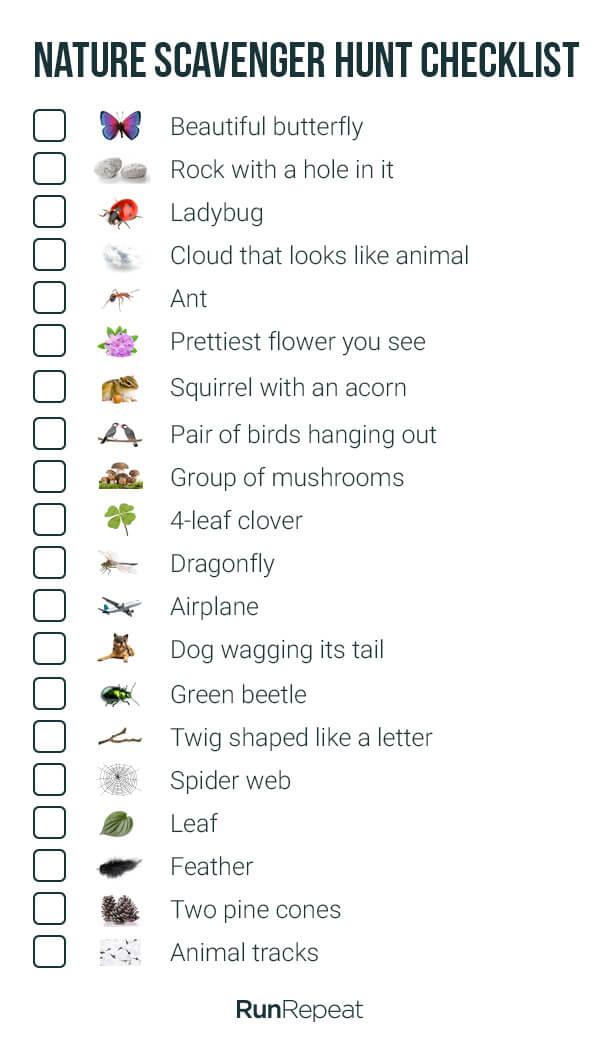
#50: Chit chat is a great diversion for your tyke. Let them talk to their heart's content. Empower and encourage them to tell you everything on their mind.
#51: You probably don’t need prompts to talk with your own child, but just in case here are a few classics that seem to open the floodgates.
- What was your favourite part about (yesterday, the last hike, the last trip, your visit to grandma's…)
- What’s your favourite (food, toy, friend, activity, game…)
- If you could do anything in the world what would you want to do?
#52: Most hiking articles out there can't get away without mentioning Leave No Trace, and we’re no exception. Although priority number one is to keep everyone safe, part of your role is to teach our future stewards how to take care of the planet. Brush up on your LNT ethics, and teach those tots how to leave a place better than they found it.
#53: Teach your kiddos to manage their own impact and turn trail cleanup into a game with prizes like extra snacks. Just hand out small trash bags at the start of the hike and you’re halfway to having a John Muir of your own.
#54: Real breaks are crucial. Although you’ll be moving slow, be sure everyone sits down for snacks or drinks. These stops will ensure your little human has the strength to make it to the end. We recommend as often as every 15-30 minutes.
#55: Keep an eye on your child’s energy levels. Knowing when they are getting tired will save you a lot of hassle down the trail. Tired kiddos are harder to manage, are prone to meltdowns, and more likely to fall or hurt themselves.
#56: It’s time to get a watch. It’s easier to gauge Junior’s fuel levels by time rather than distance. Plan your turn-around at the halfway mark based on how long they can walk rather than how far they can.
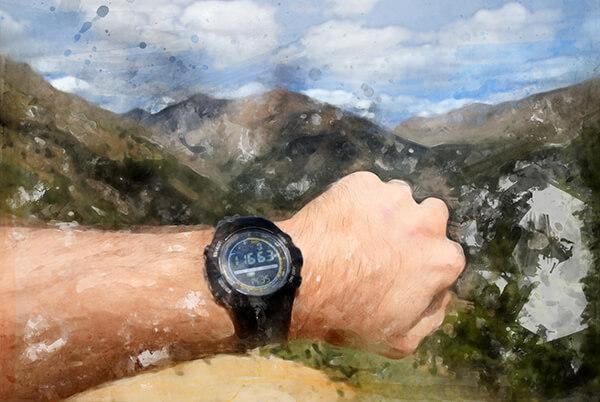
#57: There’s no harm in turning around and calling it a day if it’s just not working. Make bailing your last choice, push your kids through fussiness and complaining or you’ll never get more than 100 yds from the car, but when you know it’s time, it’s time.
Grade schoolers and tweens: Ages 7-12
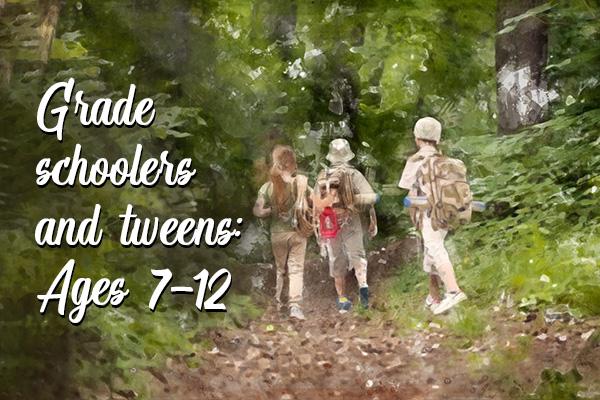
Things will start to get easier, well some parts will anyway. You probably won’t be following ants on your hands and knees anymore and your kids will be able to start carrying some serious weight, taking some of it off your shoulders. You can start picking destinations to reach and extend your hikes to longer distances. It’s time to start polishing your youngster into a real hiker!
Gear
#58: First, let out that sigh of relief. The kid carrier has hopefully been retired and by now it's in tatters anyway. You can start to hike like you remember you used too, in another life long ago.
#59: Most of the gear needed for this age group is either related to safety, or specifically for your child to carry on their own. A good place to start is a new pack that your kiddo can grow into. Next on the list are things like rain gear, a headlamp and maybe a compass or a multi-tool.

#60: Kids this age love binoculars. Even if there is no scenic overlook, or far-away wildlife, getting a pair for Jr. to carry is a great addition to their gear stash.
#61: Your hikes can start to get longer now, so the probability of encountering poor weather, or needing the tools for starting a fire or cooking lunch become more important.
#62: Place safety whistles on every pack, this is mandatory. Kiddos getting lost at this age is a real possibility. Be sure to teach them what to do if they make a wrong turn or how to use this crucial, life-saving device.
#63: Protocol for lost hikers is to stay in one location and blow hard on their whistle in short bursts of three tweets each. Continue until someone comes to you, don’t continue to change locations by moving around.
#64: Try teaching “how to find mom or dad” instead of “what to do when you are lost.” It may not be readily apparent to a child that they are “lost” since they are still technically on a trail, but knowing mom and dad are not around is pretty easy to grasp.
Preparation
#65: Be prepared for hot summer temps. If your hike doesn’t involve a water source, soak bandanas with your water bottle and loosely tie one around everyone’s neck. Looking for a family craft project? Cut up sponges into small squares and thread them onto a long string to make multi-coloured cooling necklaces.
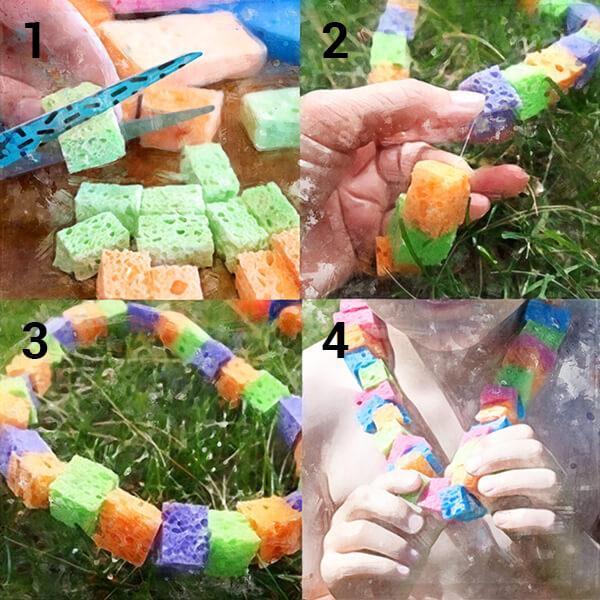
Accessories
#66: Gadgets and field guides can become a parent's best friend to keep the focus on the hike rather than on a complaint. Consider, birding, plant, or wildlife guides for your specific location.
Snacks
#67: Make your own trail mix. Your little hikers will love being able to create their own snacks out of fun ingredients. Bulk ingredients can be found at most grocery stores these days, but don’t forget the fun kid-friendly options like animal crackers, Cheez-Its, and peanut M&Ms.
Consider
#68: Climbing, running, jumping, and exploring are in kid's DNA. Finding the right hike that’s not dull or uninteresting is key to a happy tween hiker.
#69: As your tykes get a little older, destinations become a driving force. Unlike the younger age groups, giving your pre-teens something to keep walking towards really helps drive them onward.
#70: Loop hikes are king. Out and back adventures on the same trail can be boring to your little explorer who probably saw everything worth seeing on the way out.

#71: Give your kiddos the power to pick hikes, plan routes, and determine destinations or goals. Anticipating the waypoints or destinations they helped to plan ensures they'll stay engaged.
#72: Teach route finding skills like how to use a compass and map. Turn your hikes into mini outdoor classes. The possibilities are endless, from orienteering to fire building, to safety in the woods or how to carefully use and carry a pocket knife.
#73: Motivation to spend time in the woods with mom and dad can be tough to find for those at the upper ends of this age group. Conversation topics about life goals, friendships, or sports should prove to be fruitful.
#74: Turn your hikes into scavenger hunts. Try geocaching, the mix of technology and finding actual hidden treasure is always exciting!
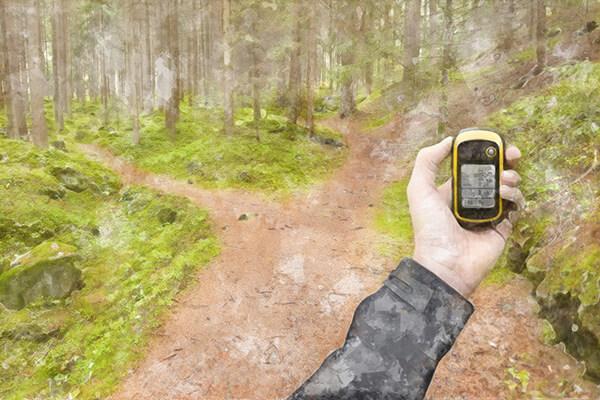
#75: Other than GPS, make your hike a screen-free adventure. This means you too mom and dad. Leave the devices in the car and spend the next few hours exploring the world unchained from technology.
#76: Add a friend. Although doubling the number of sugar-crazed kids you’re responsible for sounds like more work, bringing Jr.’s bestie actually takes a lot of pressure off you. Kids usually complain less when they are around friends too!
#77: Pick a leader. Kids love calling the shots. If you have a few tots with you, rotate and let each one lead. Letting them make decisions like which turn to take or what off-trail adventures to explore goes a long way in holding their attention.
#78: Start pushing the limits. It’s an invaluable lesson for your kiddos to discover their inner strength. Learning how to push through hard times will help them grow.
#79: Stretch your hikes by 10-20 minute intervals. Keep your timer going and reward your tot when they’ve hit a new record. You’ll soon grow your walks into full-length hikes.
#80: Don’t skip the safety talk. Your kiddos will be exploring things you now consider dangerous, and most likely won’t always be within eyesight. Be sure to sit the kiddos down and explain the rules, what’s expected, and things to avoid.
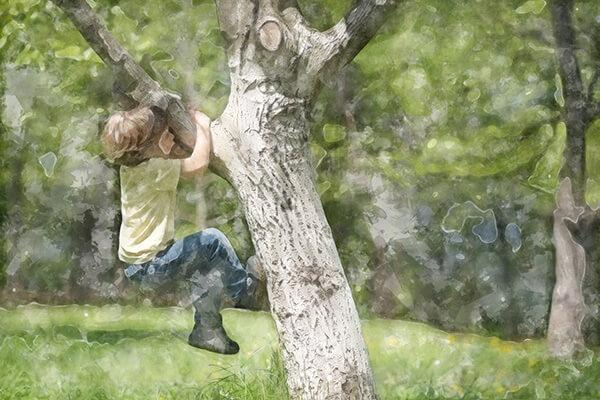
#81: Give limits to how far ahead, or behind, your kiddos can hike without you. Talk about what to do at intersections, why staying on the trail is important, and how to interact with wildlife or other hikers.
#82: Cover what to do if someone gets hurt or lost in your safety talk. Remember you’ve attached whistles to everyone’s packs, teach everyone how to use them.
#83: Repeat. Repeat. Repeat. The safety talk can be a lot for kiddos to take in, but even on well known local trails be sure to run through your safety talk. With enough repetition, your kids will probably be able to recite it, even if it’s in a mockingly sarcastic way. At least they’ll have that information stored should an issue arise.
#84: Practice mock emergency scenarios so your kiddos are aware of how to react should an accident happen. Ask them what to do if someone gets hurt, lost, or if severe weather rolls in quickly.
The teenage years: Ages 13-18
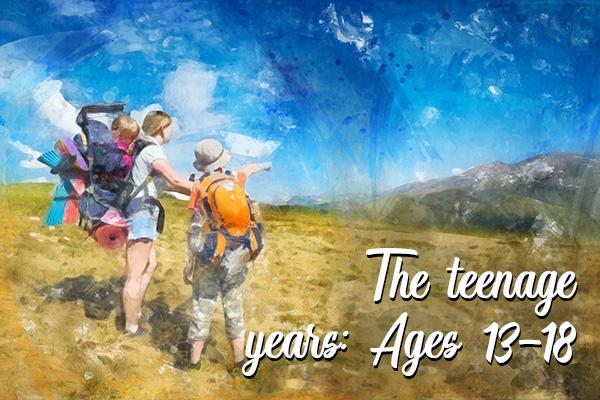
Once your kids crest into their teen years there’s not really a tonne of tips or advice you’ll need. If you’re children started hiking with you at a young age, this may be the culminating years of all your hard work, seeing the spark of real passion for the sport being expressed. Foster that and you’re on the easy path. By now they know the rules, how to be safe, and probably have most of their own gear.
#85: Motivate your teens through fun challenges. Push them to go further, climb higher, or move a touch quicker. This age group can carry all their own gear, snacks, water, and diversions, so your job is really just to challenge them.

#86: Hand off the planning entirely. From picking the route to driving directions to navigating while on the trail and even packing the gear and food needed. Give the power to design the adventure they want to go on.
#87: Be sure to have the right footwear. As your hikes begin to get longer and more difficult you may start to take on challenges that require backpacking or mountaineering boots. Your old lightweight trainers or day-hikers, although comfortable, may not cut it on a multi-day adventure.
#88: If the kiddos opt out of hiking with you, maybe it’s time to give your teen some space. Try to remember what you wanted when you were a teen. Alone time in the woods with mom and dad, away from friends and technology, was probably not high on the list.
# 89: As your kids crest into adults the memories of time spent together will surely be cherished, and one day this cycle will start over again with children of their own!
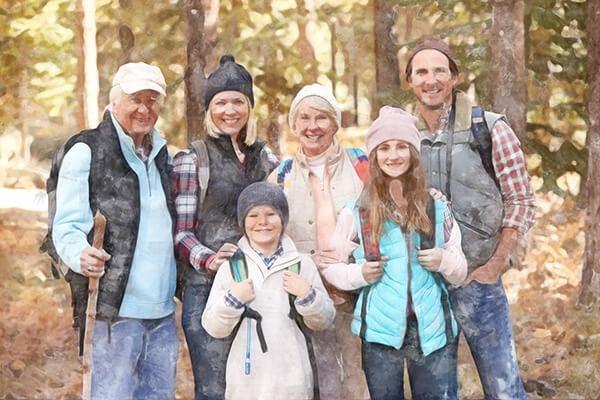
You are now a kid-hiking guru
Hiking with kids is not easy. That’s why this list is over 5000 words, and why you read every one of them. When you get the hang of it though it’s ultimately rewarding and can be an amazing experience for you and your little ones. Figure out your system, be prepared, and if you remember 10% of these tips you’ll be sure to see smiles the next time you hit the trail. A few closing tips, then we’ll let you get out into nature.
#90: Hiking with kids is not about the destination. Take the time and explore, learn, touch and feel your way through the woods. Take it one step, or crawl, at a time.
#91: Go often. If you want your kids to fall in love with hiking, or at the very least not meltdown at the mention of heading into nature, expose them to it. Explore a variety of trails throughout different times of the year so they see all nature has to offer.
#92: Negate a bad experience with good one as soon as possible. Replace a sour memory of a day in the rain, with a great one on the next sunny afternoon.
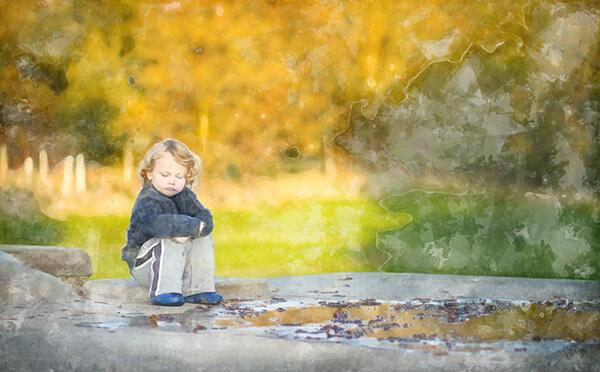
#93: Know when it’s time to call it quits. Don’t push your kiddos too hard. Remember, if they have a good time they’ll want to go with you on the next adventure.
#94: Have fun. Spending time on the trail and enjoying the outdoors can be an eye-opening experience for a child. Kids can and should be an integral part of your hiking plans.
#95: Don’t expect hiking with kids to be like hiking with adults. The same goals you had for those soul-searching treks you used to do by yourself will not the same when hiking with your kids.
#96: Stay positive. Kids need reinforcement that they are doing well, especially with new endeavours. Dole out the compliments, the snacks, and the positive energy every time you hit the trail!
#97: Plan on having a relaxing post-hike experience. You will be tuckering out the little ones, and probably yourself in this process. So rent a movie, lounge on the couch, and let yourself be lazy, everyone may need a nap!

#98: Science says you should go hiking. Being outdoors is natural medicine with a host of benefits like increased levels of Serotonin, Dopamine, Oxytocin, and Endorphins, which are all directly responsible for happiness.
#99: Being outdoors decreases negative thoughts and helps to combat depression and anxiety, as well as obsessive, compulsive, or hyperactive behaviours which are highly active in children with ADHD.
#100: Hiking is great physical exercise, but it can also help the brain deal with stress, anxiety, and self-esteem by encouraging creative thinking and problem-solving.
#101: The Vitamin D you get from being outdoors is proven to lower blood pressure and stress hormone levels as well as the risk of diseases like cancer, heart disease, stroke, diabetes, cognitive deficiencies, and asthma. Plus there’s a strong link between the Sun’s rays and positive moods and better sleep.
With all that, you almost can’t afford to not go hiking with your kids!
So, pack some snacks, and get outside. Share the trail with those small humans you brought into this world and watch their eyes light up when they see the big planet around them.
One last tip, a bonus #102! Remember to reward your kiddos after each hike. Make the post-hike ritual a special one, be it an ice cream cone or shake at the local fountain, that special dinner you only make a few times a year, or some extra time in the VR goggles. Whatever it is, make it known that their effort was appreciated, and they'll be hooked for years to come!
About RunRepeat
RunRepeat.com helps you find the best hiking footwear, from hiking shoes and sandals to mountaineering, boots, at the best prices on the web. When you're ready to purchase your next pair of hiking boots be sure to check out RunRepeat before you buy. We also write a tonne of articles about the activities we love to do, read more today.

